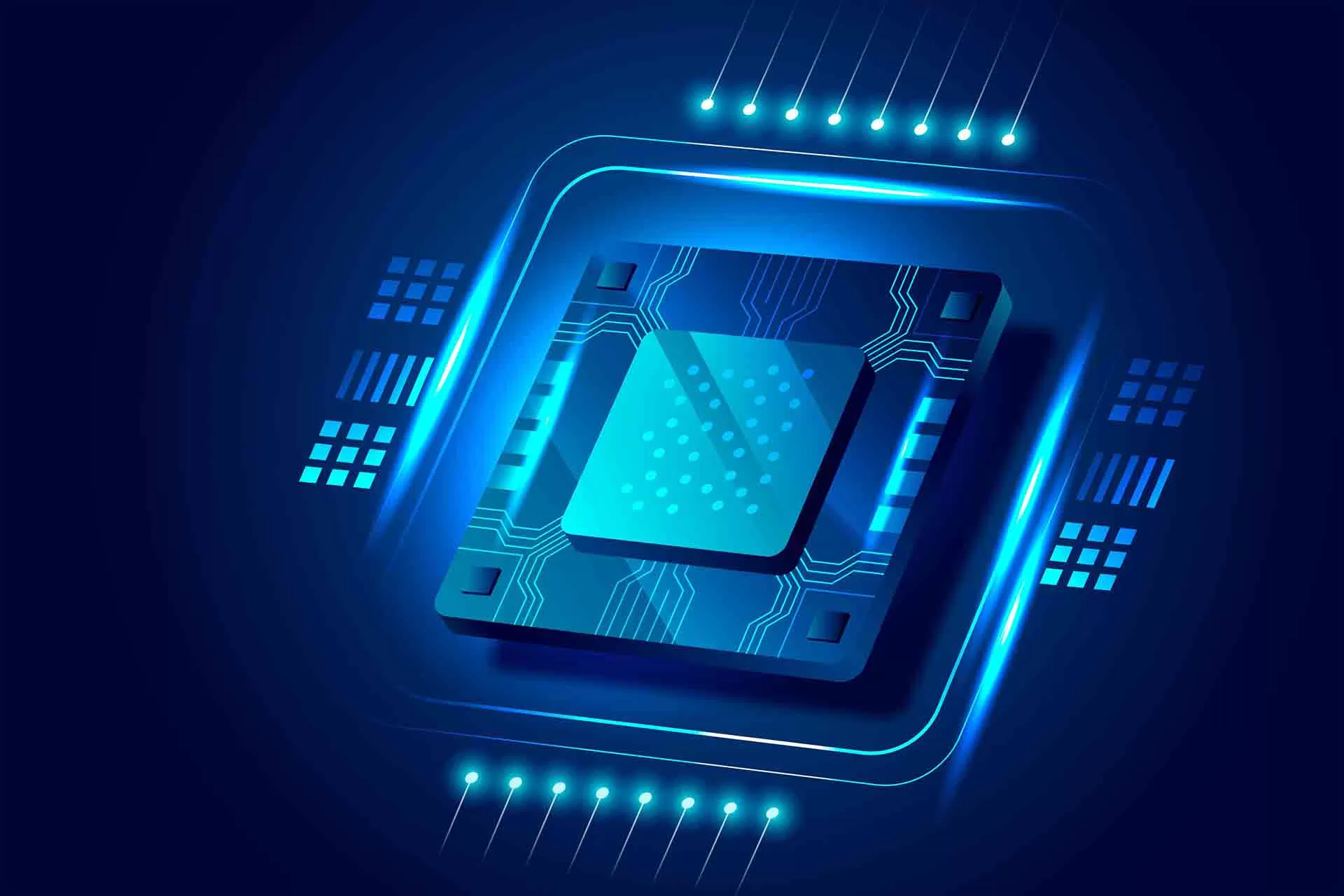When you hear the word "chip" in the technology world, we're talking about something far more fascinating than a potato chip. It's a marvel of human engineering that's smaller than your fingernail but packs enough processing power to run your smartphone, laptop, or even a spacecraft.
What Exactly is a Chip?
Imagine a city squeezed onto a piece of silicon the size of a coin. That's essentially what a chip (or microchip) is. It's a collection of billions of tiny electronic components, mainly transistors, all working together like a perfectly choreographed dance. These transistors are like microscopic switches that can be turned on or off, representing the 1s and 0s that computers use to think.
How Does Something So Small Do So Much?

What is a Chip? The Tiny Marvel that Powers Our Modern World
The magic lies in the numbers and organization. Modern chips contain billions of transistors - the latest processors have over 50 billion of them. That's more than six times the number of people on Earth, all packed into something smaller than a postage stamp!
But it's not just about quantity. These transistors are arranged in intricate patterns, like the streets and buildings in a city. They form different neighborhoods (circuits) that handle specific tasks:
Some areas process mathematical calculations
Others store temporary memory
Some manage graphics
And others handle communication with other parts of your device
The Power of Being Small
The smaller these components get, the faster and more efficient they become. When electrical signals have less distance to travel, everything happens more quickly. It's like the difference between sending a letter across town versus across the country.
Real-World Magic
Let's put this into perspective with some everyday examples:
Your smartphone can instantly translate languages, recognize your face, and process high-quality photos because of these chips. When you tap your phone's screen, millions of calculations happen in a fraction of a second - all thanks to these tiny silicon cities.
Even more impressive, modern cars use dozens of chips to control everything from engine timing to entertainment systems. They make split-second decisions about when to deploy airbags or apply anti-lock brakes, potentially saving lives in emergencies.
The Engineering Challenge
Creating these chips is one of humanity's most impressive achievements. The process requires rooms cleaner than hospital operating theaters and machines that can work with precision at the atomic level. A single speck of dust can ruin an entire chip, which is why they're made in special facilities called "clean rooms."
Looking Forward
As incredible as today's chips are, they keep getting better. Engineers are finding ways to pack even more transistors into smaller spaces, making them more powerful and energy-efficient. This continuous improvement is why your new phone is always faster than your old one.
The Human Impact
Perhaps the most amazing thing about chips is how they've transformed our world. They've helped us:
Explore space and understand our universe
Connect with people across the globe instantly
Create art and music in new ways
Save lives through advanced medical equipment
Make education more accessible through computers and the internet
The next time you use your phone, laptop, or any modern device, take a moment to appreciate the invisible marvel working inside it. That tiny chip, smaller than your thumbnail, is a testament to human ingenuity and our ability to turn the seemingly impossible into reality.
These silicon wonders remind us that sometimes the biggest changes come in the smallest packages. They're not just pieces of technology - they're proof that with creativity, precision, and persistence, we can create magic from sand (since silicon comes from sand) and change the world in ways that would have seemed impossible just a few decades ago.
